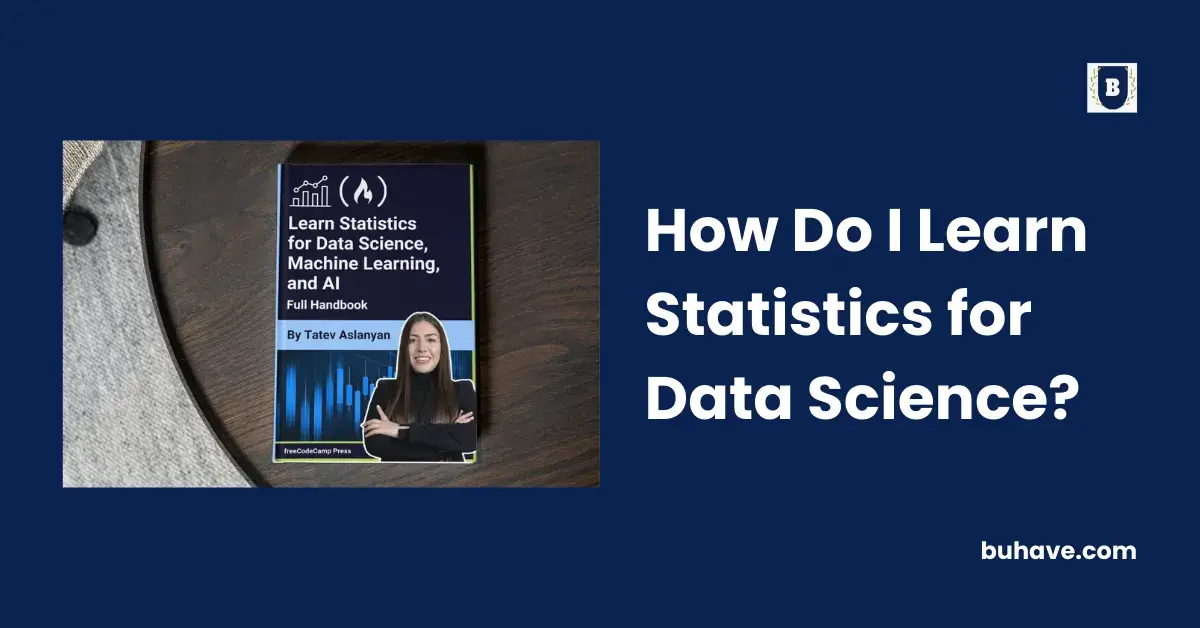It is not a secret that studying a subject on your own is a good way to gain fundamental knowledge without spending money on expensive courses. Keep in mind that statistics is a data science discipline that has many benefits for students who study it, including improving your ability to make decisions. Understanding how to study statistics on your own can help you set up an effective training program.
In this article, we will show you how to learn statistics in four easy steps and discuss some useful tips for a successful educational path. By the way, if along the way you encounter any difficulties while completing tasks, you can ask for statistics homework help. A qualified expert will help you finish all tasks on time.
What is statistics?
Statistics is the math science and practice of collecting, analyzing, and presenting data. Data scientists are the primary users of statistics, although scientists, government agencies, and other researchers may use statistics to collect and interpret certain datasets. Understanding statistical data allows students to identify trends, deficiencies, and common occurrences between datasets and assign numerical values to this information. For example, a data scientist might determine that 50% of college-educated people earn more than $40,000 a year, according to statistics.
What do you learn from statistics?
Studying statistics allows you to master several mathematical techniques and can help improve your analytical and reasoning skills.
Here are some examples of what you can learn from statistics:
- How to create charts, graphs, or other organizational schemes to represent data
- How to collect accurate data for plotting or measurements
- How to analyze data for specific information
- How to spot data trends, gaps, or commonalities between datasets
- How to determine specific information about datasets, such as means
- How statistics influence public opinion and action
- Why statistics matter.
Why study statistics?
There are many benefits to studying the field of statistics, even if you are self-taught. These benefits may include the following:
- Sharpen your problem-solving skills: analyzing statistical information can help hone your problem-solving skills and make you a better problem solver, professionally or at home.
- Improve your analytical skills: studying statistics can help you improve your analytical skills for better decision-making.
- Improve your financial skills. Statistics often include financial datasets. Understanding these datasets can improve your overall financial skills and help you improve your financial discipline.
- Help experts make smarter decisions: data scientists can help professionals, such as physicians, make better care decisions using statistics.
- Improve your math skills: math skills can be highly desirable for some employers, so learning statistics can improve your skills and allow you to look for better job opportunities.
- Help make more accurate forecasts: By using statistical data, you can help make more accurate forecasts on various subjects or trends, such as financial or healthcare trends.
How to learn statistics yourself
Here’s how you can learn statistics yourself in four easy steps:
Learn the basic concepts
You can start learning statistics by studying the basic concepts of the discipline. This includes:
- Descriptive statistics: A single descriptive statistic is a statistic that summarizes similar features or trends in a set of similar information. The plural form of this word describes the process of analyzing these statistics and using them for some purpose.
- Probability distribution in statistics measures the likelihood of different outcomes in a given experiment. This method helps data scientists determine the most likely outcome using mathematical variables and constants.
- Hypothesis testing: in statistics, researchers often make hypotheses, which are educated guesses about datasets. Testing these hypotheses helps determine if they are correct and what factors influence the outcome.
- Regression analysis in statistics is the evaluation of the relationship between different variables.
Explore Bayesian and frequentist approaches
Keep in mind that Bayesian and frequentist approaches are two different approaches to statistical data. You can learn one or both, but it’s helpful to at least learn the basics of each for a complete understanding of how statistics work. Essentially, frequentists only study the probabilities that can happen to the data they have collected prior to analysis. Bayesians follow the same process, but also account for statistical uncertainties before collecting data. The method you choose to master can change the way you approach statistics, so determine which one can better suit your needs before you take on any of them.
Explore machine learning
It is not a secret that machine learning can be an important component in the field of statistics, as machines and artificial intelligence help us create and analyze statistical models. Learning how machine learning works in statistics will help you get a better understanding of modern statistical applications and teach you some basic coding skills. Studying AI and machine learning can also help you prepare for advanced computer algorithms or other software if you pursue a career related to data science.
Now you learn how to learn statistics for handling data science. Follow our tips, and you will succeed.
– If you are looking for a guest post, write for us education article now.

